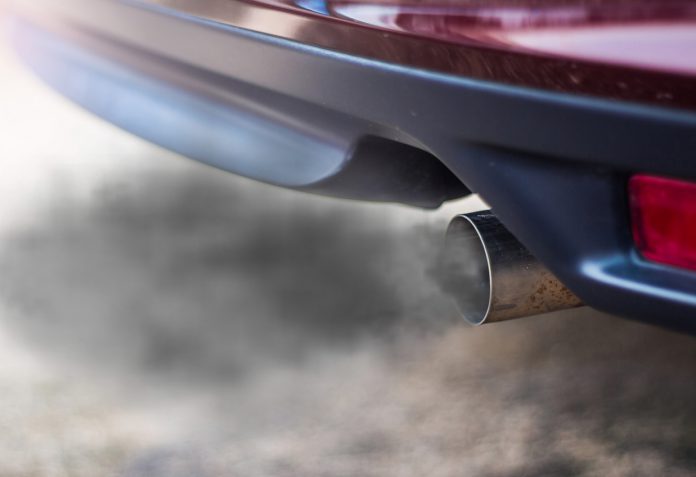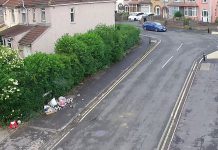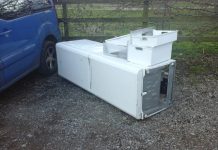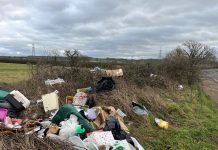Cabinet yesterday (8 June) agreed that new measures put in place to enable essential social distancing outside of South Gloucestershire schools also support the Council objective of improving air quality for children and local communities.
The measures already in place at 28 schools include providing more space for pedestrians and cyclists and encouraging people to switch from cars to more sustainable and healthier methods of travel.
With the implementation of these changes having significantly reduced the number of cars parked outside of school gates with their engines running, it has been decided to also use them to improve air quality outside of schools.
This has been helped further by changes being introduced within schools themselves, such as staggered drop-off and collection times.
Other changes include additional signs to remind people of the two metre rule and bollards outside of school gates where space is limited, with individual plans being tailored for each school depending on the size and number of students returning in the first phase of opening.
Parking bays have been suspended outside of some schools and we will consider further ways of supporting secondary schools as they plan a phased return later this month.
To further support this we are also amending our Parking Enforcement Policy so that Penalty Charge Notices (PCNs) can be issued immediately in high risk areas outside schools rather than first allowing two minutes observation time.
Cabinet Member for Planning, Transport and Strategic Environment, Cllr Steve Reade said: “We have been working closely with schools to introduce these essential measures to enable people to safely social distance as our schools begin to reopen and I’ve been pleased by the positive feedback we’ve received. These changes will help to keep people safe and to control the spread of COVID-19 which will save lives.
“It has also encouraged the use of more sustainable methods of transport which supports our objective of improving air quality. By mitigating the need for cars to idle outside of schools in this way, we can use the measures to have a positive effect on the environment and the health of our children and local communities. It seems sensible that we factor this into future changes rather than adopting more of an enforcement-based approach.”









